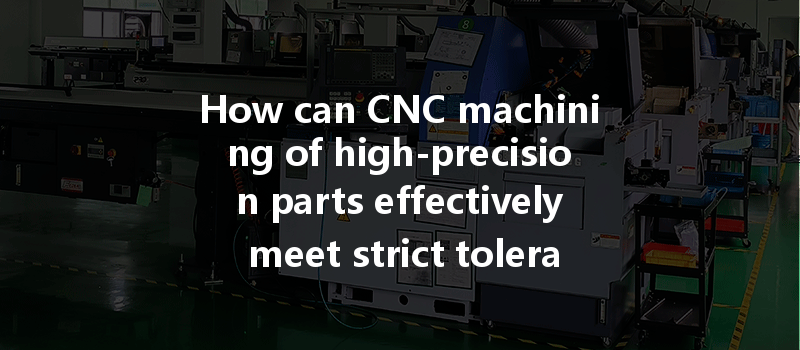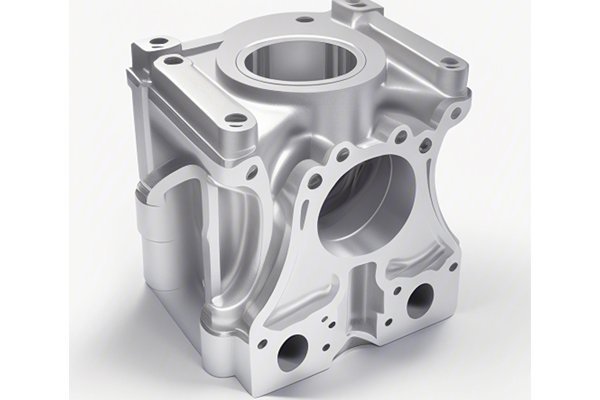Did you know that in the aerospace industry, even a deviation of just one-thousandth of an inch can lead to catastrophic failures? The rigorous nature of high-precision manufacturing means that engineers and manufacturers must adhere to extremely strict tolerance requirements to ensure quality and safety. For this reason, CNC (Computer Numerical Control) machining has emerged as a cornerstone technology for producing high-precision parts across various industries.
In this blog, we will explore how CNC machining meets strict tolerance requirements, delving deep into the methodologies, techniques, and real-world applications that illustrate the effectiveness of this technology. We aim to provide a comprehensive understanding of CNC machining, offering insights that not only inform but also inspire manufacturers and engineers striving for excellence.
Understanding CNC Machining
What is CNC Machining?
CNC machining is a subtractive manufacturing process where computerized controls and machine tools execute precise movements to remove material from a solid block, or workpiece, to create the desired part. The beauty of CNC machining lies in its ability to produce intricate designs with unparalleled accuracy and repeatability.
The Importance of Tolerance in CNC Machining
Tolerance refers to the allowable deviation from a specified dimension, and it plays a crucial role in ensuring the interchangeability and functionality of manufactured parts. In industries like automotive and aerospace, adhering to specified tolerances is non-negotiable.
Key Advantages of CNC Machining for Precision Parts
Core Techniques to Meet Strict Tolerance Requirements
Achieving high precision in CNC machining requires more than just technology; it demands a structured approach that encompasses various techniques and methodologies. Here, we will dive deeper into some of these techniques:
Using the right tools and machines is essential for achieving tight tolerances. The following are crucial elements:
Regular calibration and maintenance of CNC machines ensure that they perform optimally. This includes:
The integration of CAD (Computer-Aided Design) and CAM (Computer-Aided Manufacturing) software expedites the design-to-manufacturing process while helping to minimize errors.

Setting the correct cutting parameters plays a crucial role in both material removal and overall accuracy.
Integrating the right technologies allows manufacturers to closely monitor the machining process.
Implementing stringent quality control measures is essential to maintaining a high standard.
Real-World Applications
Aerospace Industry
In the aerospace sector, CNC machining is indispensable. Parts such as turbine blades, landing gear components, and structural frames must meet strict tolerances due to safety concerns. The use of advanced CNC technology enables manufacturers to produce components that not only fit together perfectly but also withstand extreme conditions.
Medical Devices
Precision is of utmost importance in the medical industry, where tolerances can have life-or-death implications. CNC machining produces critical components, including surgical instruments and implants, with exacting specifications, ensuring their safety and efficacy.
Automotive Sector
The automotive industry relies heavily on CNC machining for engine components, transmission parts, and other critical systems. Companies use CNC equipment to manufacture parts to the precise tolerances necessary for performance and safety.
CNC machining plays an essential role in the modern manufacturing landscape, especially when it comes to meeting stringent tolerance requirements. From the use of advanced tooling and equipment to real-time monitoring and quality control practices, the techniques for achieving high precision are both varied and effective.
As industries continue to face the demand for tighter tolerances and more complex geometries, embracing CNC machining technology isn’t just an option—it’s a necessity.
In summary, the effectiveness of CNC machining in producing high-precision parts lies in a synthesis of technology, methodology, and quality assurance practices. For engineers and manufacturers, understanding these elements can facilitate better decision-making and drive superior outcomes.
As you reflect on the information presented here, consider the implications for your industry or business. Could a greater focus on CNC machining techniques enhance your operational performance, product quality, and competitiveness? The answer lies in the pursuit of precision—an endeavor that is always worth thinking about.






